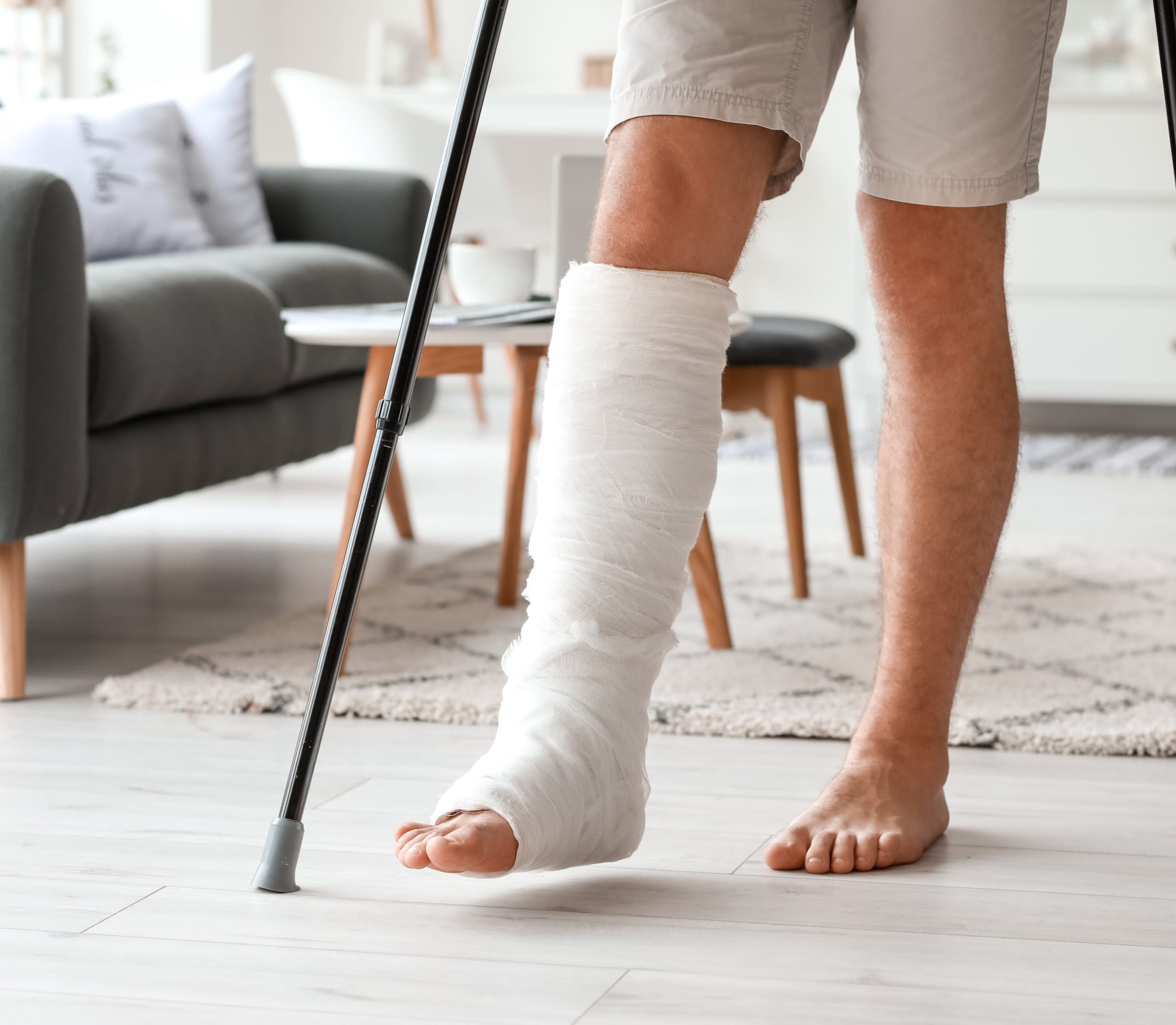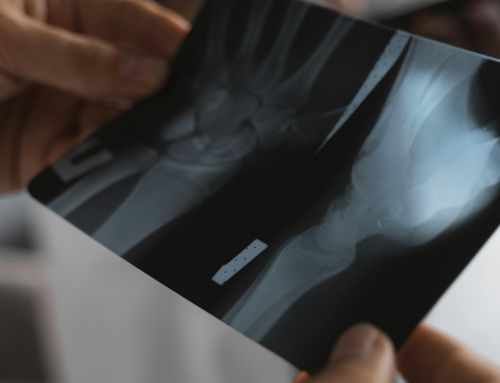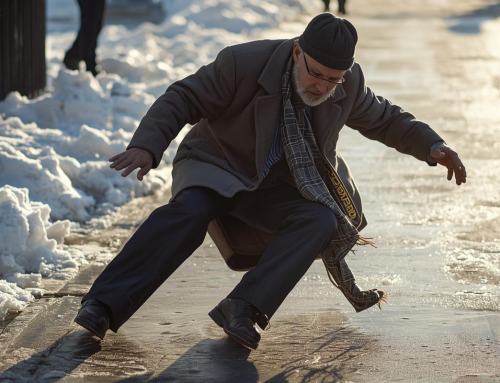A fractured tibia can throw your entire life off balance physically and emotionally—sidelining your daily routine for months. Whether caused by a sports injury, fall, or accident, recovery takes time, and it’s rarely straightforward. Healing time varies based on the type of fracture, your overall health, and how well you follow your recovery plan.
So, what affects tibia fracture healing time? And more importantly, what can you do to speed things up and avoid setbacks?
In this guide, we’ll walk you through the average tibia bone fracture healing timeline, what factors help or hinder recovery, and the tools that can support a faster, safer return to daily life.

How Long Does It Take to Heal a Tibia Fracture?
Tibia bone fracture healing time typically ranges from 3 to 6 months, though some cases may take longer. Here’s a general breakdown:
→ Stable, non-displaced fractures may heal closer to the 3-month mark.
→ Displaced or complex fractures (especially those requiring surgery) often take 6 months or more.
→ Stress fractures or hairline cracks might heal within 6 to 8 weeks.
These are averages. Your actual healing time depends on injury severity, overall health, and how closely you follow post-injury care.
What Can Help Speed Up Tibia Fracture Healing Time?
Several strategies can support your body’s natural healing and help shorten recovery time:
1. Early Diagnosis and Proper Alignment
Prompt medical attention allows for early intervention and prevents complications. Accurate alignment (through casting, bracing, or surgical fixation) ensures the bone heals in the correct position.
2. Bone-Nourishing Nutrition
Your body needs fuel to heal. Prioritize:
- Calcium (dairy, leafy greens, almonds)
- Vitamin D (salmon, eggs, fortified cereals)
- Protein (lean meats, legumes, nuts)
- Magnesium, vitamin K2, and zinc for collagen support
3. Physical Therapy and Gradual Movement
Rest is crucial early on, but staying inactive for too long can hinder healing. Guided movement improves blood flow, preserves muscle strength, and helps the bone adapt to gradual weight-bearing.
4. LIPUS Therapy (Low-Intensity Pulsed Ultrasound)
One of the most exciting advances in bone healing support is LIPUS therapy. This non-invasive treatment uses gentle ultrasound waves to stimulate bone growth and cellular repair.
A study published in BMC Musculoskeletal Disorders found that using LIPUS during tibial lengthening helped bones heal and strengthen more effectively. The researchers observed that the ultrasound therapy helped speed up the formation and hardening of new bone, especially during a complex process like distraction osteogenesis, where the bone is gradually stretched to grow. This adds to growing evidence that LIPUS can be a valuable tool in supporting tibia fracture healing.
Devices like the Melmak LIPUS system offer a user-friendly, at-home solution to accelerate recovery, especially helpful in cases of delayed healing or complex fractures.
What Slows Down Tibia Fracture Healing Time?
Some factors can delay healing and increase your risk of complications:
1. Smoking and Alcohol Use
Both nicotine and alcohol restrict blood flow and oxygen delivery to the fracture site—both essential for bone repair.
2. Poor Nutrition
A lack of essential nutrients, particularly protein and calcium, can dramatically slow the healing process. Malnourishment or poor dietary habits may lead to weaker bone regeneration.
3. Chronic Conditions like Diabetes
People with diabetes are more likely to experience delayed healing due to impaired circulation and bone turnover. Tailored recovery plans and close medical supervision are essential. Learn more about how diabetes affects fracture healing.
4. Improper Immobilization or Missed Rehab
Skipping appointments, ignoring weight-bearing restrictions, or poorly fitted casts can disrupt alignment and healing. Always follow your healthcare provider’s instructions closely.
When to Watch for Delayed Healing
Sometimes, even when everything seems to be going right, healing doesn’t go as planned. Signs of delayed union include:
- Persistent or worsening pain months after injury
- No visible callus on follow-up X-rays
- Instability, tenderness, or swelling at the fracture site
If you notice any of these signs, consult your physician. Your care provider may recommend options like bone stimulators, LIPUS therapy, or surgical revision.
How to Support a Smooth Recovery
Here’s a simple checklist to help keep your tibia fracture healing on track:
✓ Follow your doctor’s instructions carefully
✓ Attend all follow-up appointments and imaging
✓ Eat a balanced, bone-supportive diet
✓ Begin physical therapy when approved
✓ Avoid smoking, alcohol, and high-risk activities
✓ Consider LIPUS to support faster healing
Tibia fracture healing time varies from person to person, but there are clear actions you can take to support the process. With the right treatment, proper nutrition, and tools like LIPUS, many patients recover faster and regain mobility with fewer complications.
Explore Your Recovery Options with Fracture Healing
If you're recovering from a tibia fracture and want to support your healing, Fracture Healing is here to help. We offer science-backed guidance and advanced tools like Melmak LIPUS therapy to accelerate bone healing.
Contact us to find out whether LIPUS is right for your recovery.
Share Your Experience
Have you experienced a tibia fracture? What helped your healing most? Share your story or questions below! Your insight could help others navigate recovery with more confidence.





